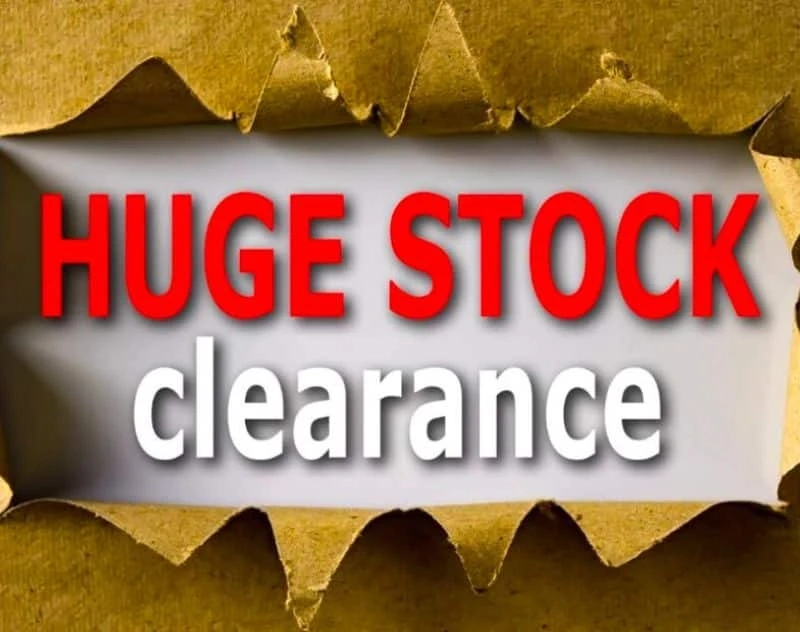The process of selling or getting rid of excess or unsold inventory is referred to as stock clearance. Numerous factors, including overproduction, shifts in consumer demand, or the end of a product line, can cause this.
Companies may employ one of several methods to get rid of their stock:
- Discounting is arguably the most popular tactic. Businesses will reduce the prices of their unsold goods to entice customers to buy them. Discounts can be applied to an entire store’s inventory, a particular product or category, or both.
- End-of-Season Sales: Businesses may provide discounts on seasonal goods that didn’t perform well during the season, such as winter coats or summer swimwear.
- Companies may offer discounts on particular product lines that are being discontinued during closeout sales. Additionally, they might give discounts for goods that have been ruined or are otherwise unsellable.
- Liquidation: When a business closes, it might be necessary to sell off its inventory in order to settle its debts.
This stock may be offered at an auction or sold to a liquidator, who will then resell it to other retailers or clearance outlets.
- Online marketplaces: The business also has the option of selling its unsold inventory on e-commerce platforms like Amazon, eBay, and Walmart.
Customers may be able to save money on items during stock clearance that they otherwise might not have been able to afford. However, it can also be a way for businesses to reduce losses on unsold inventory and make room for new goods. Stock clearance does have some drawbacks, though, including a drop in profit margin, a negative effect on brand perception, and a drop in customer confidence.
This article was first published at https://topclickblogs.co.za/learn-more-about-stock-clearance/



